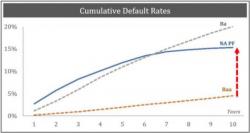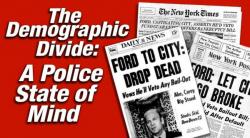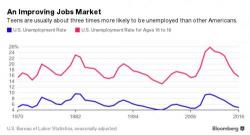Central Banker's Real Legacy: Pension Funds Panic 'Reach' For Yield

Authored by Eugen von Bohm-Bawerk via Bawerk.net,

Authored by Eugen von Bohm-Bawerk via Bawerk.net,

Authored by Bre Payton via The Federalist,
Former FBI director James Comey's decision to leak FBI documents to a friend may have violated the FBI's employment agreement regarding unauthorized leaks.

Authored by Danielle DiMartino Booth,
Fake news is so old.
How else did, “I am prepared to veto any bill that has as its purpose a federal bailout of New York City to prevent a default,” become, “DROP DEAD” way back in October, 1975? Oh, those hellbent headline writers. Whatever will they think of next? Besides, the Daily News headline worked wonders, if infuriating die hard New Yorkers was the objective.
Authored by Mark Glennon via WirePoints.com,
All truth passes through three stages. First, it is ridiculed. Second, it is violently opposed. Third, it is accepted as being self-evident. -Arthur Schopenhauer.
For Illinois or another state to formally go bankrupt, the United States Congress would have to pass legislation.
Would they? I think so.

Compared with their peers in the European periphery, American teenagers looking for a part-time job this summer are in an enviable position: With the unemployment rate at a post-crisis low and demand for seasonal workers set to rise by more than 10 percentage points compared with last year, they shouldn’t have much trouble finding work, Bloomberg reported.